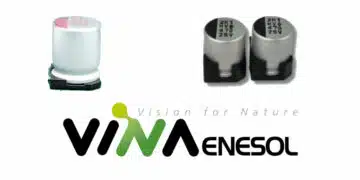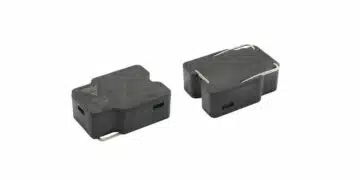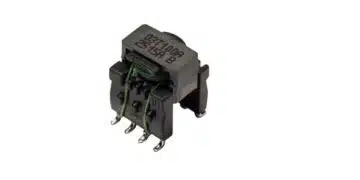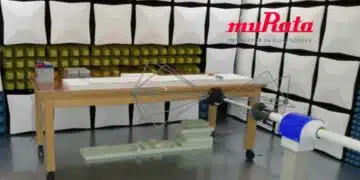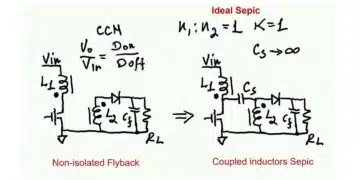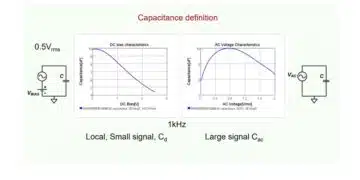source: EE Times news
By Dylan McGrath, EE Times, Automotive electronics systems are projected to grow the fastest of the six major end markets for semiconductors through 2021, as technology advancements continue to increase the electronic content of vehicles, according to a forecast by market research firm IC Insights.
Sales of automotive electronic systems are forecast to grow 7% this year, reaching $152 billion, before growing an additional 6.3% next year to reach $162 billion, according to the Scottsdale, Ariz.-based market watcher. The firm projects that automotive electronic systems sales will increase at a compound annual growth rate of 6.4% from 2017 to 2021, topping all other major electronic systems categories.
The latest IC Insights forecast calls for the global electronic systems market to be worth $1.62 trillion this year. The firm expects automotive electronics systems to account for 9.4% of that total, up slightly from 9.1% last year.

While it is expected to grow fastest, the automotive electronics systems market remains relatively small compared to other major electronics systems markets, including communications, computers, industrial/medical and consumer, according to IC Insights.
In recent years, electronics content in vehicles has been growing rapidly as new technologies such as ADAS, communications, infotainment and others crowd the cockpit of cars. IC Insights said other technologies focused on autonomous vehicles, vehicle-to-vehicle communications, on-board safety, convenience and environmental features will continue to lift the market for autonomous systems in cars.

Increasingly, new advancements are available in mid-range and entry-level cars as aftermarket products, which has further raised automotive systems growth in recent years, IC Insights said.
Automotive electronic systems growth is good news for markers of MCUs, analog ICs and sensors in particular, IC Insights said. The firm said that the market for special purpose logic chips for automotive is expected to increase by 29% this year while application-specific analog IC sales for automotive are projected to grows by 14% this year as backup cameras, blind-spot detectors and other systems are added to more vehicles. The firm added that DRAM and flash memory are increasingly playing a more critical role in the development of new automotive system solutions used in vehicles.




